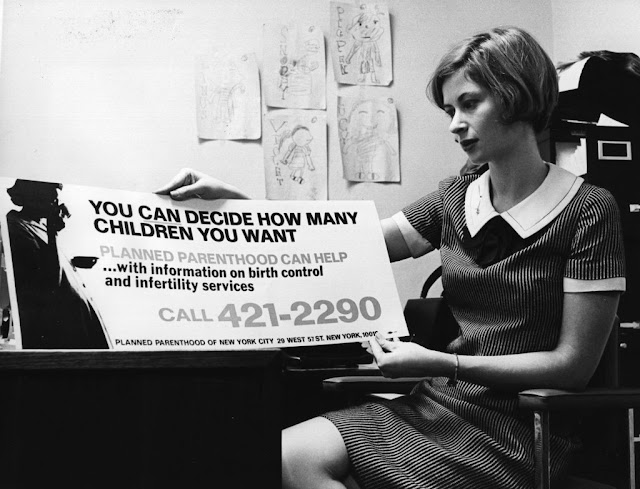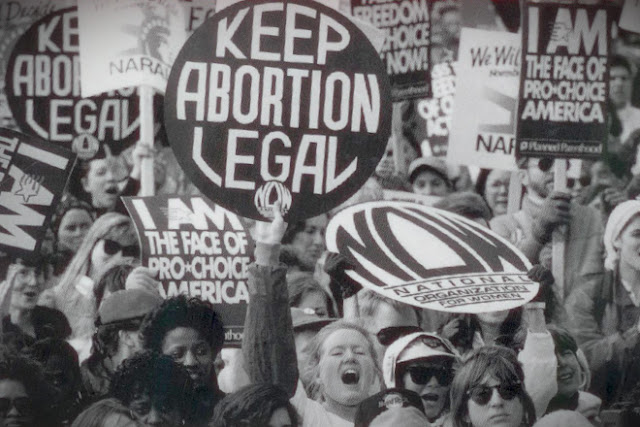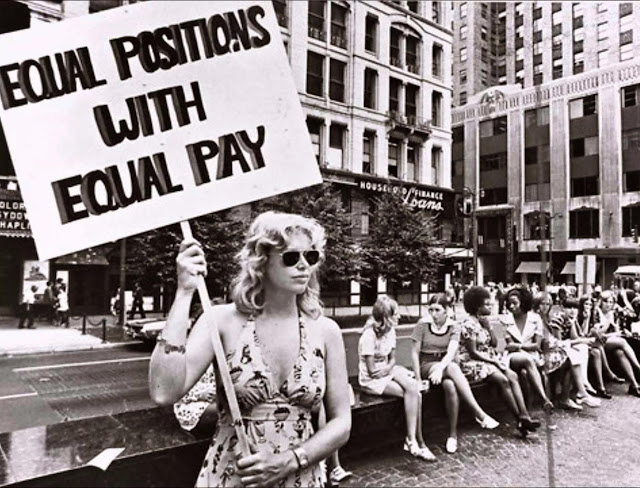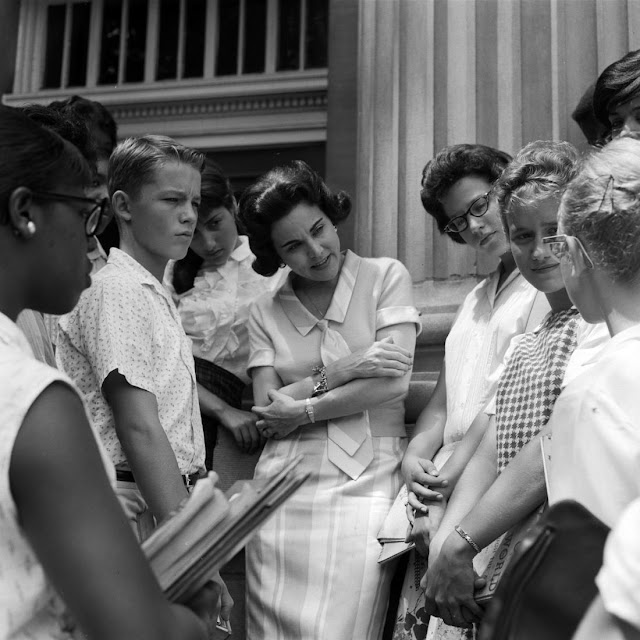It was not so long ago that these things below were the reality for women. If you're 45 or older, you were born into this world. Have a look back at 10 surprising things women could not do in the 1960s:
1. Oral contraception didn't exist.
It's no wonder that women were having children so much earlier—the pill wasn't approved by the FDA until 1960. And there were some serious bumps along the way to its approval: Margaret Sanger, a pioneer in the birth control movement, was arrested multiple times for opening the nation's first birth control clinic. But this 1960 approval still didn't grant all women access to the pill. It took 12 more years, until the 1972 Supreme Court decision, Baird v. Eisenstadt, for birth control to be accessible to all women, regardless of martial status.


3. She couldn't sue for sexual harassment.
When Title VII was passed in 1964, it was supposed to eliminate sex discrimination in the workplace. But courts didn't recognize sexual harassment in the workplace until 1977. That maybe because defining sexual harassment was still murky until 1980, when the term was officially defined by the Equal Employment Opportunity Commission.

4. She would face difficulty getting a credit card.
Unmarried women faced serious blocks getting credit, with banks being allowed to deny their application solely for their marital state up to the 1970s. Married woman could typically only get a credit card if her husband was willing to co-sign. There weren't legal measures put in place to eliminate this practice until 1974, with the Equal Credit Opportunity Act. This act made it illegal to deny a woman a credit card on the basis of gender.

5. Marital rape wasn't criminalized.
Rape within the confines of marriage wasn't recognized as a crime in all 50 states until 1993. Meaning, a women basically couldn't refuse sex to her husband or legally fight back if he raped her.

6. Women couldn't get an Ivy League education—with a few exceptions.
Getting an elite education wasn't an option for even the nation's brightest women. Cornell University and the University of Pennsylvania started accepting women in 1870 and 1876, respectively. Other Ivy League institutions didn't follow suit until more than two decades after World War II, with Yale and Princeton starting to accept female students in 1969, and the rest doing the same over the next 12 years.

7. Legal abortions didn't exist.
Until the monumental Roe v. Wade decision in 1973, a woman faced some serious restrictions when it came to terminating a pregnancy, oftentimes leading to dangerous illegal procedures.

8. Serious discrimination ran rampant in the workplace.
Women may make 77 cents to every man's dollar today, but the numbers were much worse years ago, when women made as little as 59 cents for every man's dollar back in 1963 (think about it: we've only made up 18 cents over the last 53 years; that's one third of a cent per year). But lacking pay wasn't the only problem working women faced. They also faced sexual harassment, and in some professions, restrictions on clothing and even her weight.

9. In many states, women couldn't serve on juries.
Using the justification that women shouldn't be asked to leave the home, or that their sensibilities were too delicate to hear the gory details during a trial, women in many states couldn't serve on a jury until 1973, when female jurors were permitted in the courtroom throughout the country.

10. Talk openly about sex.
Helen Gurley Brown's "Sex and the Single Girl" presented the notion that it was OK -- even enjoyable -- for a woman to live on her own, have her own money, have sexual relationships before marriage or even -- wait for it -- never marry at all!
It wasn't until publication of Betty Friedan's "The Feminine Mystique" that women's dissatisfaction with life and frustration over lack of opportunities came to light.
